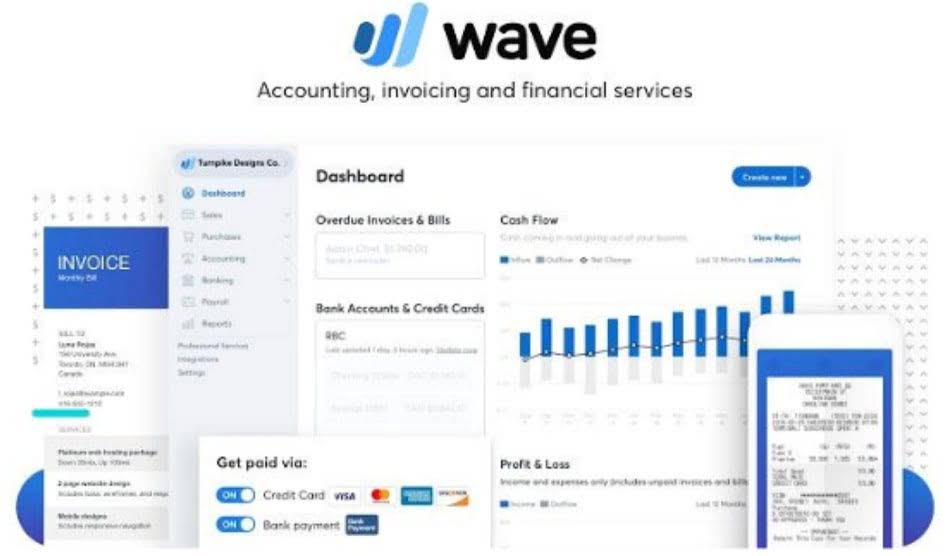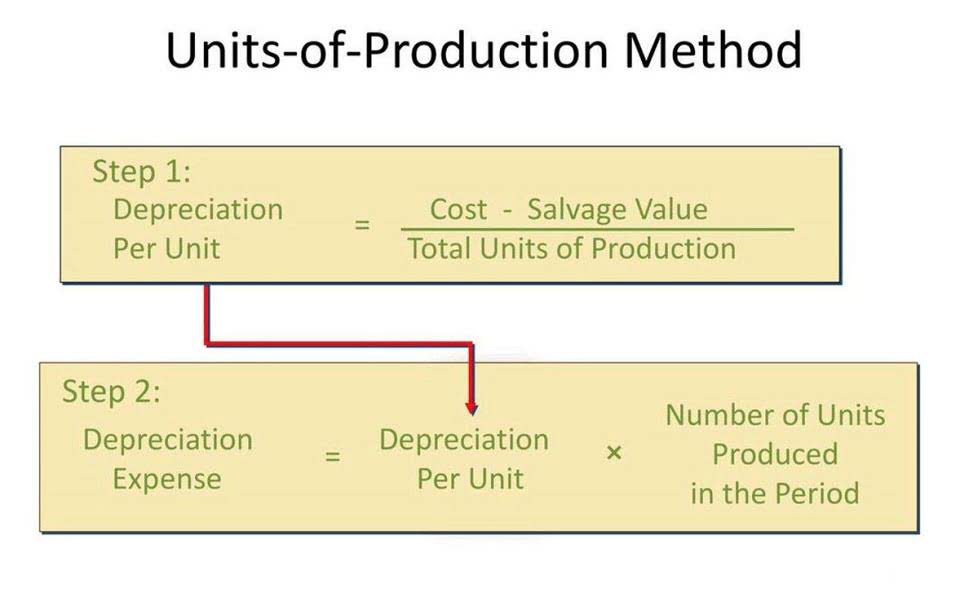
As in, it is a measure of if the company will be able to pay off its current liabilities with the assets in hand. When you determine the cash flow that is available for investors, you must remove the portion that is invested in the business through working capital. The exact working capital figure can change every day depending on the nature of a company’s debt. What was once a long-term liability, such as a 10-year loan, becomes a current liability in the ninth year, when the repayment deadline is less than a year away. Different companies may have different level of liquidity requirements, depending on the type of industry, business model, products and services manufactured etc. Hence, the company exhibits a negative working capital balance with a relatively limited need for short-term liquidity.
Current Assets Can Be Written Off
- Another way to measure working capital is to look at the working capital ratio, which is current assets divided by current liabilities.
- The net effect is that more customers have paid using credit as the form of payment, rather than cash, which reduces the liquidity (i.e. cash on hand) of the company.
- If the change in NWC is positive, the company collects and holds onto cash earlier.
- Shortening your accounts payable period can have the opposite effect, so business owners will want to carefully manage this policy.
- For instance, suppose a company’s accounts receivables (A/R) balance has increased YoY, while its accounts payable (A/P) balance has increased under the same time span.
To reduce short-term debts, a company can avoid unnecessary debt, secure favorable credit terms, and manage spending efficiently. However, the more practical metric is net working capital (NWC), which excludes any non-operating current assets and non-operating current liabilities. Change in working capital is the change in the net working capital of the company from one accounting period to the next. This will happen when either current assets or current liabilities increase or decrease in value. Examples of changes in net working capital include scenarios where a company’s operating assets grow faster than its operating liabilities, leading to a positive change in net working capital.
Credit Policy
However, a short period of negative working capital may not be an issue depending on the company’s stage in its business life cycle and its ability to generate cash quickly. The net working capital (NWC) calculation only includes operating current assets like accounts receivable (A/R) and inventory, as well as operating current liabilities such as accounts payable and accrued expenses. Typical current assets that are included in the net working capital calculation are cash, accounts receivable, inventory, and short-term investments. The current liabilities section typically includes accounts payable, accrued expenses and taxes, customer deposits, and other trade https://www.facebook.com/BooksTimeInc/ debt.
Positive Impacts

You can calculate working capital by taking the company’s total amount of current assets and subtracting its total amount of current liabilities from that figure. The result is the amount of working capital that the company has at that time. This measures the proportion of short-term liquidity compared to current liabilities. The difference between this and the current ratio is in the numerator where the asset side includes only cash, marketable securities, and receivables. The quick ratio excludes inventory because it can be more difficult to turn into cash on a short-term basis. To further complicate matters, the changes in working capital section of the https://www.bookstime.com/articles/work-in-process cash flow statement (CFS) commingles current and long-term operating assets and liabilities.
Implement effective credit control measures

However, this can be confusing since not all current assets and liabilities are tied change in net working capital formula to operations. For example, items such as marketable securities and short-term debt are not tied to operations and are included in investing and financing activities instead. As it so happens, most current assets and liabilities are related to operating activities (inventory, accounts receivable, accounts payable, accrued expenses, etc.). The balance sheet organizes assets and liabilities in order of liquidity (i.e. current vs long-term), making it easy to identify and calculate working capital (current assets less current liabilities).
What Is the Relationship Between Working Capital and Cash Flow?
- As a business owner, it’s important to calculate working capital and changes in working capital from one accounting period to another to clearly assess your company’s operational efficiency.
- Generally speaking, the working capital metric is a form of comparative analysis where a company’s resources with positive economic value are compared to its short-term obligations.
- The more working capital a company has, the less likely it is to take on debt to fund the growth of its business.
- In this case, the retailer may draw on their revolver, tap other debt, or even be forced to liquidate assets.
- Current assets are those that can be converted into cash within 12 months, while current liabilities are obligations that must be paid within the same timeframe.
- Grasping the Net Working Capital formula and its implications is crucial for evaluating a company’s immediate financial status.
- Suppose an appliance retailer mitigates these issues by paying for the inventory on credit (often necessary as the retailer only gets cash once it sells the inventory).
It’s a commonly used measurement to gauge the short-term financial health and efficiency of an organization. Working capital, often referred to as the lifeblood of a business, represents the funds available for day-to-day operations. It encompasses current assets such as cash, inventory, and accounts receivable, minus current liabilities like accounts payable and short-term debt. Changes in working capital reflect the fluctuations in a company’s short-term assets and liabilities over a specific period. Working capital is critical to gauge a company’s short-term health, liquidity, and operational efficiency. You calculate working capital by subtracting current liabilities from current assets, providing insight into a company’s ability to meet its short-term obligations and fund ongoing operations.

Working Capital Ratio

It could indicate that the company can utilize its existing resources better. Some companies have negative working capital, and some have positive, as we have seen in the above two examples of Microsoft and Walmart. Generally, companies like Walmart, which have to maintain a large inventory, have negative working capital. The Change in Net Working Capital (NWC) measures the net change in a company’s operating assets and operating liabilities across a specified period. The net working capital is calculated by simply deducting all current liabilities from all current assets. NWC specifically measures the surplus or deficit after deducting current liabilities from current assets.
- Changes in working capital reflect the fluctuations in a company’s short-term assets and liabilities over a specific period.
- Continuing with the example, if you owe $678,000, you will subtract this amount from your $2.158 million, leaving you with $1.48 million.
- To calculate working capital, subtract a company’s current liabilities from its current assets.
- It encompasses current assets such as cash, inventory, and accounts receivable, minus current liabilities like accounts payable and short-term debt.

Working capital should be assessed periodically over time to ensure that no devaluation occurs and that there’s enough left to fund continuous operations. Working capital can only be expensed immediately as one-time costs to match the revenue they help generate in the period. The above steps are commonly used by the management and stakeholders to calculate the value of net working capital equation. However, it is a very complex process, where the change in net working capital is more in case the company is bigger, covering a wider market and wide range of products and services. In this perfect storm, the retailer doesn’t have the funds to replenish the inventory flying off the shelves because it hasn’t collected enough cash from customers.




